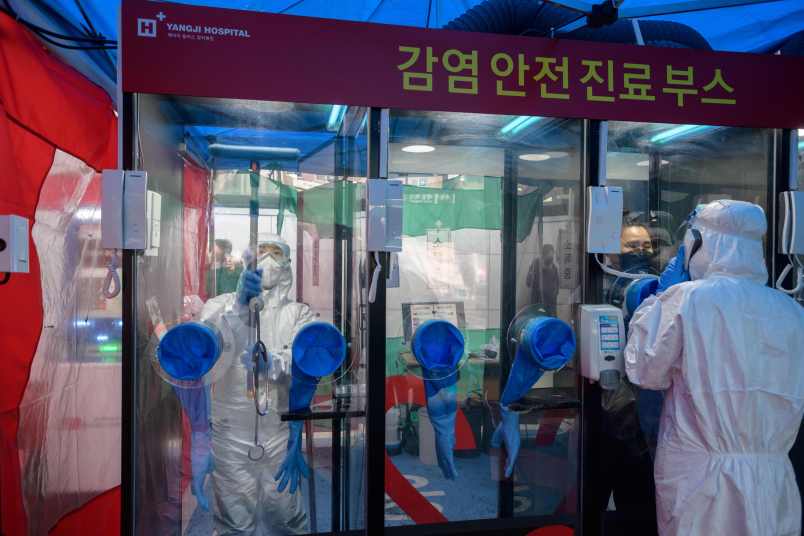The World Health Organization (WHO) said on Saturday that it was looking into South Korea’s report that 91 people who had ostensibly recovered from COVID-19 later tested positive for the virus again.
“We are aware of these reports of individuals who have tested negative for COVID-19 using PCR (polymerase chain reaction) testing and then after some days testing positive again,” a WHO spokesperson told Reuters. “We are closely liaising with our clinical experts and working hard to get more information on those individual cases.”
If two tests taken at least 24 hours apart from each other show negative results, the COVID-19 patient is considered to be “clinically recovered” from the illness, per WHO guidelines.
The organization’s spokesperson said that WHO needs “systematic collection of samples from recovered patients to better understand how long they shed live virus.”
On Friday, Korea Centers for Disease Control and Prevention director Jeong Eun-kyeong said, per Reuters, that the coronavirus may have “reactivated,” not re-infected, in the 91 former COVID-19 patients had tested positive again after they were discharged from isolation.







Not to worry.
We’ve had it completely under control since January.
What’s the false negative rate on PCR tests?
So I guess Donnie is going to blame the WHO for not knowing this about a novel virus that no one knew anything about five months ago and epidemiologists and virologists have been working night and day to analyze.
The test itself has a low false negative rate if a reliable sample was taken. However the latter is not a given; a covid-19 nasal swab needs to be obtained from well back inside the sinus cavity, and it’s all too easy to not go far enough, not swab around enough, or both. The hospital group in which I work has issued revised and increasingly detailed instructions on nasal swab technique, because there was a little too much variability in how these are being collected. (btw, my favorite quote from Cuomo’s press conferences so far, in reference to a forthcoming short nasal swab test that might be easier to administer: “I’m not exactly sure what a short nasal swab test is, but I assume it would not apply to me” (gestures at big Italian nose)
The PCR process itself can detect even small viral loads, so if a viral sample is present on the nasal swab then the PCR false negative rate is very low. Without going too far down the road of science-splainin’, the purpose of a PCR test is to amplify even very small amounts of genetic material, and that means even small infections can and should be detected. A reasonably low-level infection doesn’t magically transfer itself to the nasal swab, however.
US now over 20,000 deaths from COVID-19. 521k cases (actually 581k when you include long term care facilities and US military). On our way to another 30k caseload today.
https://www.worldometers.info/coronavirus/country/us